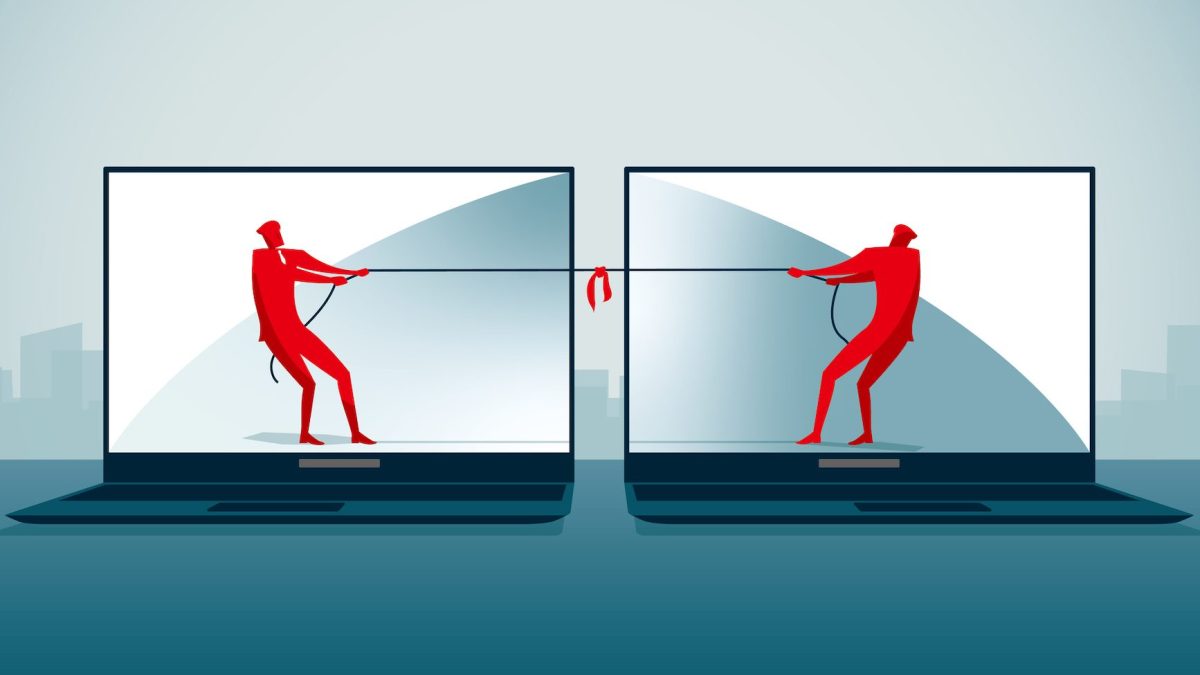When Josué Henriquez hit 18, he decided to apply for a credit card to begin building his credit as a goal to eventually purchasing a car or home. Coming from El Salvador, Henriquez was told that having a credit card was the best way to start building credit in the country, and was given a card with a low limit of $500, requiring that $250 be kept in a savings account to keep it active. As more offers came in, his credit limits increased and so did his balances. As a result, he accumulated over $25,000 in credit card debt and sought help from a debt relief company. Now 33, it took nearly four years for Henriquez to pay off his credit card debt, shutting down all but two of his credit cards.
According to the Federal Reserve Bank of New York’s Household Debt and Credit Report for the second quarter of 2023, Americans had exceeded a combined total of over $1 trillion in credit card debt, with the balance increasing an additional $48 billion just three months later. Credit card APRs spiked 30% in the last year and a half, making it more expensive for consumers to carry debt. Credit card debt is just one type of debt Americans face, in addition to mortgages, car loans, student loans and medical debt.
Credit cards are easy to obtain, aggressively marketed, and heavily impact credit scores, influencing how future purchases can be financed. Shopping online using digital wallets and financing options like “buy now, pay later” continue to make credit card debt challenging to overcome. Additionally, the cost of living has increased faster than wage growth, making it more difficult for people to afford everyday necessities and increasing reliance on credit cards.
While credit cards can provide financial security during difficult times, they can also become destructive if not managed correctly. The shame and discomfort surrounding credit card debt makes it hard for people to confront and address the issue. The personal tolerance for credit card debt often affects consumer behavior and financial education. People who have undergone painful experiences due to unhealthy relationships, in Carmen Cusido’s case, have developed negative spending habits. Retail therapy is a way to cope with stress or sadness, which triggers two psychological feedback loops leading to excessive spending.
Retail therapy, fueled by targeted advertising, has made it easy for companies to shape consumers’ purchasing behaviors. The mere-exposure effect also plays a role, as the more familiar something feels, the more likely people are to be drawn to it. Credit card issuers are adept at using these advertising techniques to market their products. Those suffering from debt usually have behind their spending and savings habits, contributing significantly to their financial challenges. The stories behind these financial systems, their influence on people, and steps people can take to secure their financial future are the focus of this article.




